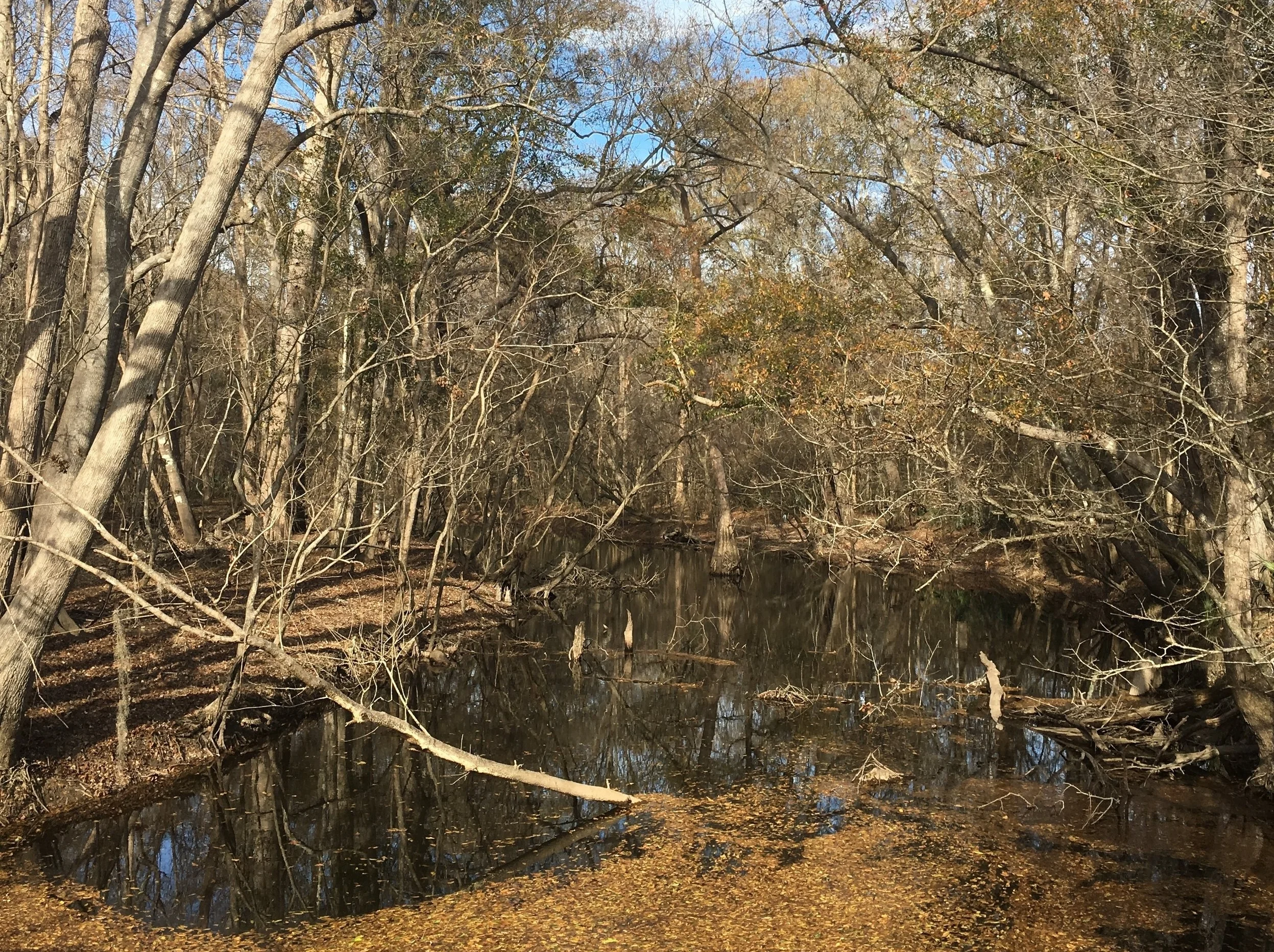About
Mission
To ensure healthy Southeastern forested watersheds that provide safe, reliable drinking water through strong partnerships, collaboration, funding, and action.
Vision
Southeastern forested watersheds are healthy, drinking water is safe and reliable, watershed stakeholders collaborate, and funds exist for long-term stewardship.
Message
Healthy Forests = Clean Water
Goals
- Help maintain or expand healthy forests in drinking water source watersheds.
- Maintain and improve water quality and quantity through healthy forest retention and stewardship.
- Initiate and develop working relationships among water utilities, the forestry sector, state and local agencies, Rural Water Associations, and conservation groups.
- Identify watersheds and initiatives that have high potential for cooperative forest conservation and long-term stewardship.
- Explore pilot projects to implement creative long-term stewardship strategies such as Payment for Watershed Services and forestry best management practices that demonstrate the interdependence of healthy forests and drinking water.
Background
The USDA Forest Service (USFS) and the US Endowment for Forestry and Communities are collaborating with several Southeastern states (Alabama, Arkansas, Florida, Georgia, North Carolina, South Carolina, Texas, and Virginia) on the Southeastern Partnership for Forests and Water. The overall purpose of this initiative is to maintain healthy watersheds that provide safe, reliable drinking water, healthy forests, and strong local and regional economies.
The Southeastern Partnership for Forests and Water initiative recognizes that healthy forests benefit drinking water quality and quantity. Stewarding, enhancing and maintaining healthy forests in key Southeastern drinking water source watersheds is necessary due to increasing population growth and urbanization in the Southeast, which is resulting in forest fragmentation, forest losses (conversion to other land uses), and a decline in forest health. We accomplish our goals by strengthening collaborative state partnerships, initially through forest & drinking water forums, and then identifying priority watersheds and projects for collaboration, creating financing mechanisms and seeking funding.

